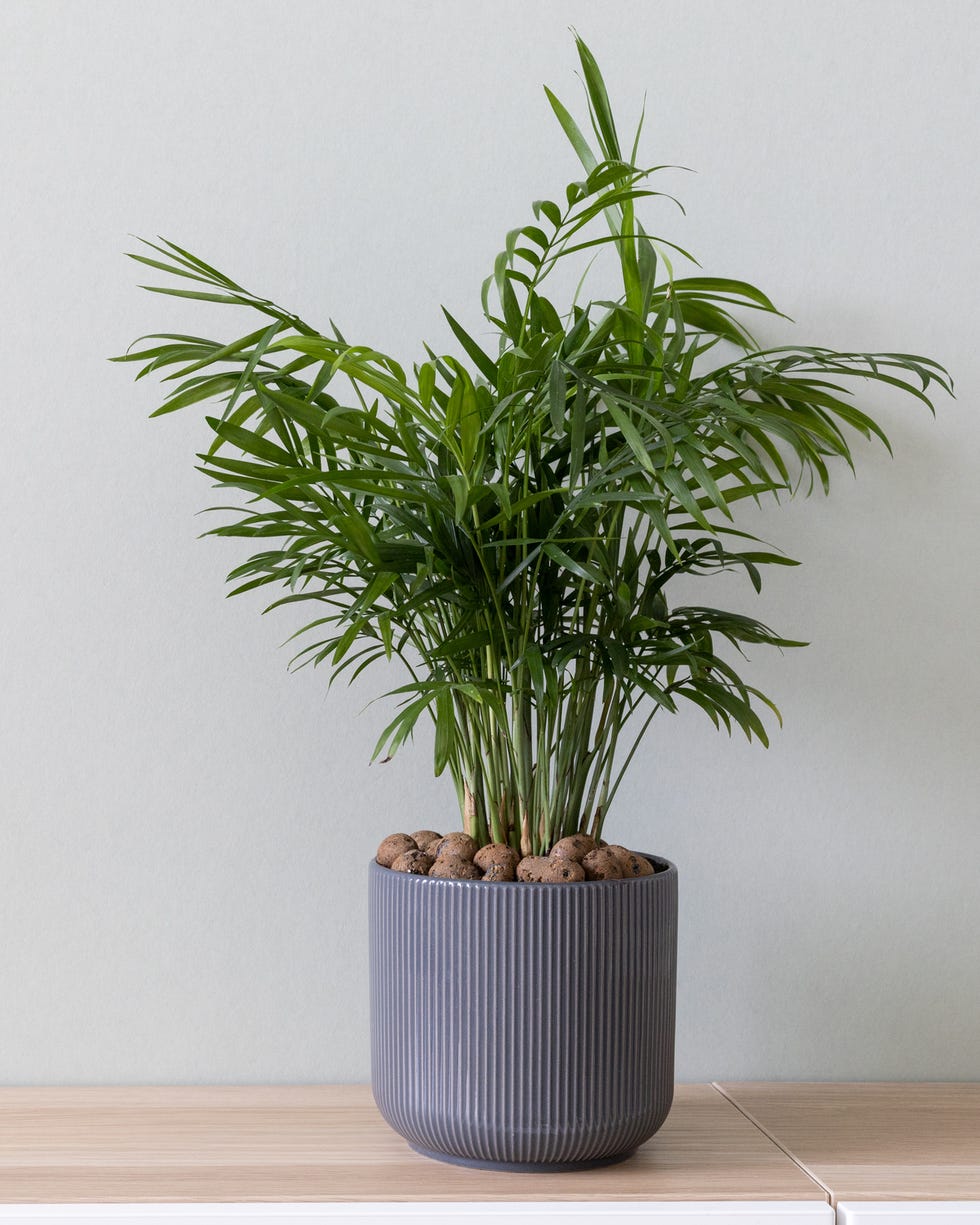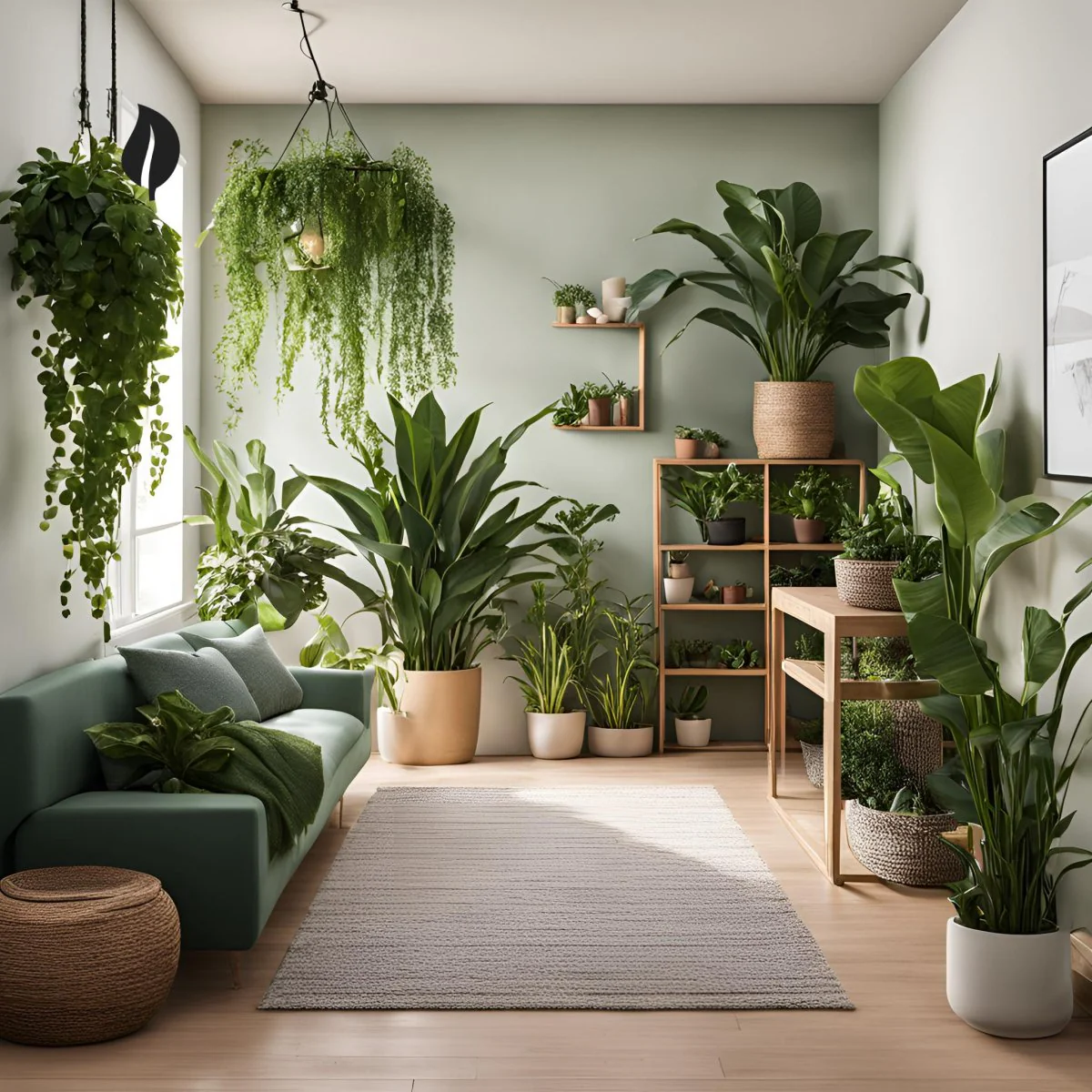Create a Lush Indoor Oasis with the Best Low-Light Indoor Plants
Create a Lush Indoor Oasis with the Best Low-Light Indoor Plants
Blog Article
Discover the most effective Low-Light Indoor Plants for Enhancing Your Home Décor
Incorporating low-light indoor plants into your home decor can significantly improve both visual appeals and ambience, especially in rooms that do not have plentiful all-natural light. Ranges such as the Serpent Plant and ZZ Plant not just bring life to dim edges yet likewise contribute to boosted air high quality and overall wellness.

Why Select Low-Light Plants
Why select low-light plants in your interior rooms? The modern-day living atmosphere usually presents challenges such as restricted natural light, making it challenging for conventional houseplants to grow. Low-light plants are especially adapted to thrive and make it through in these conditions, supplying a feasible solution for people seeking to boost their indoor rooms without the included stress of keeping extra light-demanding plants.
Along with their strength, low-light plants contribute significantly to the aesthetics of a space. Their varied variety of sizes, shades, and forms permits unique indoor style opportunities, producing inviting and vibrant environments. Furthermore, interior plants are recognized for their air-purifying high qualities, improving interior air quality by filtering toxic substances and releasing oxygen, which can enhance general health.
Low-light plants likewise need marginal maintenance, making them particularly attracting busy people or those brand-new to gardening. Their adaptability permits placement in different atmospheres, from office to dimly lit corners of the home. By selecting low-light plants, you can enjoy the advantages of plant without the constraints that typically go along with conventional gardening, eventually cultivating a healthier and a lot more visually enticing indoor environment.
Top Low-Light Indoor Plants
For those looking for to boost their indoor areas with greenery that thrives in low-light problems, several plant options stand apart for their strength and visual allure. The Snake Plant (Sansevieria trifasciata) is a popular choice, understood for its upright, sword-like leaves and ability to endure neglect. This hardy plant can endure in poorly lit areas while improving interior air quality.
An additional exceptional alternative is the Pothos (Epipremnum aureum), characterized by its heart-shaped leaves and tracking creeping plants. When placed on shelves or hanging baskets., Pothos is not just adaptable to reduced light yet likewise provides a striking aesthetic comparison.
The ZZ Plant (Zamioculcas zamiifolia) is similarly outstanding, boasting glossy, dark green leaves that can brighten up any type of corner. Its drought resistance makes it suitable for active homeowners.
Care Tips for Low-Light Plants
Just how can you guarantee that your low-light indoor plants prosper despite minimal sunlight? Initially, select the proper potting mix that gives great water drainage while preserving dampness. A well-aerated dirt, such as a mix of potting dirt and perlite, can assist stop root rot.
Watering is critical; low-light plants generally need much less frequent watering compared to their sun-loving equivalents. Always check the top inch of the dirt-- if it feels completely dry, it's time to water. Be mindful of overwatering, as this can bring about fungal problems and origin degeneration.
Fertilizing low-light plants need to be done moderately - Best low-light indoor plants. Make use of a balanced, water-soluble plant food during the growing season, yet minimize or get rid of fertilization in the dormant months
In addition, dust can build up on leaves, hindering photosynthesis. Gently clean the leaves with a damp fabric to keep them clean.
Finally, observe your plants very closely. Indicators of distress, such as yellowing fallen leaves or leggy growth, can indicate that your plant requires adjustments in care (Best low-light indoor plants). By following these treatment suggestions, your low-light interior plants can prosper, including appeal and vigor to your home
Imaginative Ways to Show Plants
Raising the aesthetic appeal of your indoor room can be achieved by thoughtfully presenting your low-light plants in creative means. Take into consideration utilizing upright space to your benefit; wall-mounted shelves can display trailing plants like pothos or philodendron, adding lushness while saving floor area. Alternatively, use plant stands of differing elevations to produce visual rate of interest and depth, attracting the eye upward.
Hanging planters are another excellent choice, supplying a remarkable result when put on hold from the ceiling or hooks. Macramé wall mounts can present structure and bohemian flair, while modern-day ceramic hangers can match a minimal aesthetic. For a more ingenious method, repurpose special containers such as classic teacups or glass jars, which can include character to your display screen.
Organizing plants in clusters is additionally reliable; usage varying pot sizes and colors to produce a natural appearance. This method not just improves visual impact however additionally offers an all-natural habitat feel - Best low-light indoor plants. Lastly, think about placing plants near source of lights like lights or home windows to maximize their growth and display their vivid vegetation, hence boosting the general ambiance of your indoor atmosphere.
Advantages of Indoor Greenery
Many research studies have shown that incorporating interior plant right into your space offers a multitude of advantages, enhancing both physical and mental wellness. Among the most substantial advantages of indoor plants is their capacity to enhance air top quality. Plants absorb co2 and launch oxygen, developing a healthier ambience while also filtering out hazardous toxins, hence promoting respiratory wellness.
In addition, the presence of greenery has been connected to minimized stress and anxiety levels. Research suggests that engaging with plants can reduce cortisol degrees, which are connected with tension. This soothing result can lead to improved mood and increased productivity, making indoor plants a suitable addition to work areas.
Furthermore, interior greenery can improve cognitive feature. Researches recommend that environments enhanced with plants can result in boosted focus, imagination, and general mental quality. The visual allure go to this website of indoor plants also adds to a much more inviting and enjoyable environment, favorably affecting social communications and overall complete satisfaction within an area.
Final Thought

Including low-light indoor plants right into your home decor can considerably enhance both aesthetics and environment, especially in spaces that lack bountiful natural light. Varieties such as the Serpent Plant and ZZ Plant not just bring life to dim corners however also contribute to enhanced air quality and overall wellness. Interior plants are understood for their air-purifying top qualities, boosting indoor air top quality by filtering contaminants and releasing oxygen, which can enhance general health.
For those seeking to improve their indoor areas with plant that flourishes in low-light problems, a number of plant choices stand out for their durability and visual appeal. These resilient plants, such as the Snake Plant try this out and ZZ Plant, prosper in dim conditions and require very little upkeep, making them appropriate for various way of livings.
Report this page